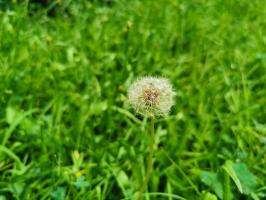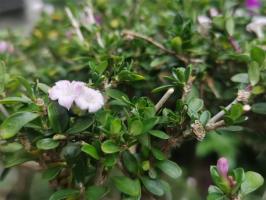Can You Plant a Crabapple Tree Next to Leach Field?
Crabapple trees are widely known for their beautiful blooms, striking colors, and fruit production. Some homeowners plant crabapple trees near the septic system or leach fields to enhance the aesthetic appeal of their outdoor space. However, there are some concerns about planting trees near leach fields. In this article, we will discuss whether you can plant a crabapple tree next to a leach field without compromising the septic system's functionality.
Understanding the Leach Field
The leach field is an essential component of a septic system. It is the area where wastewater is distributed and treated by the soil. A healthy and functional leach field requires well-aerated soil, appropriate water flow, and the absence of roots or other materials that could obstruct the flow of water. The presence of trees or shrubs near the leach field can lead to root intrusion, which can compromise the system's effectiveness and even cause it to fail.
The Relationship Between Trees and Leach Field
As trees grow, their roots spread outward in search of nutrients and water. Some trees have a rooting system that extends deep down into the soil, while others have shallow roots that spread far and wide. When planted near the leach field, tree roots can penetrate the pipes, obstruction water flow and ultimately causing the system to fail. Moreover, trees absorb water from the soil, affecting the water uptake and distribution of the leach field. As a result, planting any tree near the leach field is not recommended.
Can You Plant a Crabapple Tree Near the Leach Field?
The answer is NO. Even though crabapple trees have a superficial and non-invasive root system, they still grow and spread, which can cause harm to the leach field. The roots of the tree can clog the perforated pipes and absorb large amounts of water from the soil, compromising the drainage of wastewater. Furthermore, the tree's growth rate and proximity to the leach field can make it difficult to access and maintain the system. In the long run, growing a crabapple tree near the leach field can cause more harm than good.
Alternative Landscaping Options
Although planting a tree near the leach field is not recommended, there are alternative landscaping options that can enhance your outdoor space without affecting the septic system's functionality. For instance, you can plant grass or groundcover, such as clover, instead of trees or shrubs. Grass and groundcovers have a shallow root system that does not interfere with the drainage of the wastewater. You can also create a flower bed, vegetable garden, or a container garden that does not require deep rooting. These options will not only enhance the aesthetics of your yard, but they will also prevent any damage to the leach field.
The Bottom Line
Planting a tree near the leach field, including the crabapple tree, is not recommended. The roots of the tree can penetrate the pipes, clog the system, and affect the water uptake and distribution of the leach field. Instead, you can opt for alternative landscaping options that will not cause harm to the septic system, such as planting grass, groundcover or creating a garden. Always ensure that you consult with an expert in landscaping and septic systems to ensure that you make the right choices for your outdoor space.

 how many times do yo...
how many times do yo... how many planted tre...
how many planted tre... how many pine trees ...
how many pine trees ... how many pecan trees...
how many pecan trees... how many plants comp...
how many plants comp... how many plants can ...
how many plants can ... how many plants and ...
how many plants and ... how many pepper plan...
how many pepper plan...
































